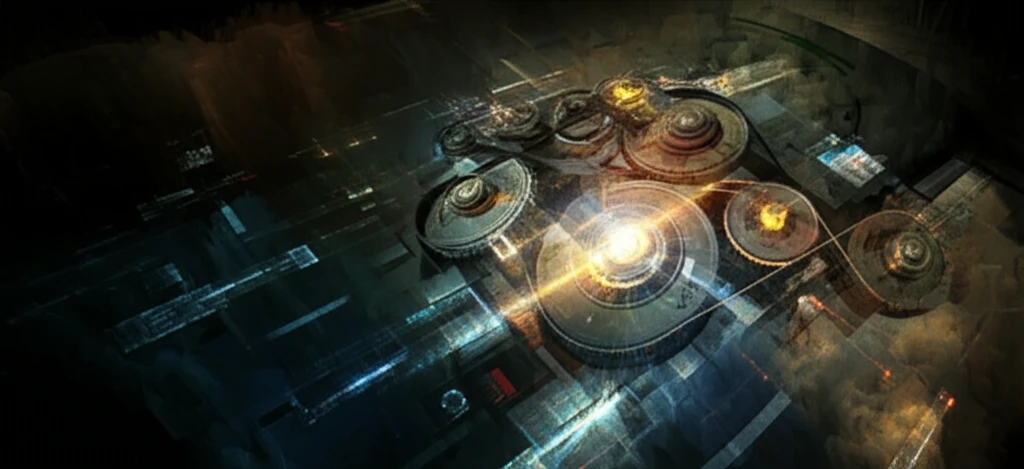
The Secret Life of Belts: How Engineering Innovation is Reinventing Everyday Mechanics
"Beyond Simple Tension: Uncover the hidden complexities of belt-pulley systems and how modern engineering is pushing the limits of performance and reliability."
For decades, belt drives have been the unsung heroes of mechanical systems, quietly transferring power in everything from car engines to factory equipment. While seemingly simple, the engineering behind these systems is anything but. Recent advancements in material science and computational modeling are revolutionizing how we design, analyze, and optimize belt-pulley systems, leading to increased efficiency, reduced wear, and improved overall performance.
The traditional approach to belt design often relies on simplified models that treat the belt as a string or a simple tension element. However, these models fail to capture the complex interplay of forces, stresses, and deformations that occur in real-world applications. Modern research is now focusing on more sophisticated models that account for factors like transverse shear, bending stiffness, and contact pressure distribution, providing a more accurate and nuanced understanding of belt behavior.
This exploration delves into the fascinating world of belt-pulley mechanics, revealing how engineers are using cutting-edge techniques to push the boundaries of what's possible. From the integration of Cosserat rod theory to the application of finite element analysis, we'll uncover the innovative strategies that are shaping the future of belt drive technology.
The Evolution of Belt Drive Models

The earliest systematic study of belt drives dates back to Reynolds, who employed a simple string model to describe the behavior of the belt. While these one-dimensional models have been widely used for decades, they have inherent limitations. A string model, for instance, cannot account for bending stiffness or the distribution of contact forces between the belt and pulley. This is where the need for more advanced models becomes apparent.
- Cosserat Rod Theory: Accounts for bending and shear stiffness.
- Transverse Shear Deformation: Improves contact force distribution.
- Finite Element Analysis: Enables detailed stress analysis.
- Penalty Formulation: Simulates contact mechanics effectively.
The Future of Belt Drive Technology
As computational power continues to increase and material science breakthroughs continue, the future of belt drive technology looks incredibly promising. We can expect to see even more sophisticated models that incorporate factors like dynamic loading, friction, and wear, leading to designs that are more efficient, reliable, and durable. These advancements will have a significant impact on a wide range of industries, from automotive and manufacturing to robotics and aerospace. Stay tuned as engineers continue to push the boundaries of what's possible, transforming the humble belt drive into a showcase of modern engineering innovation.
